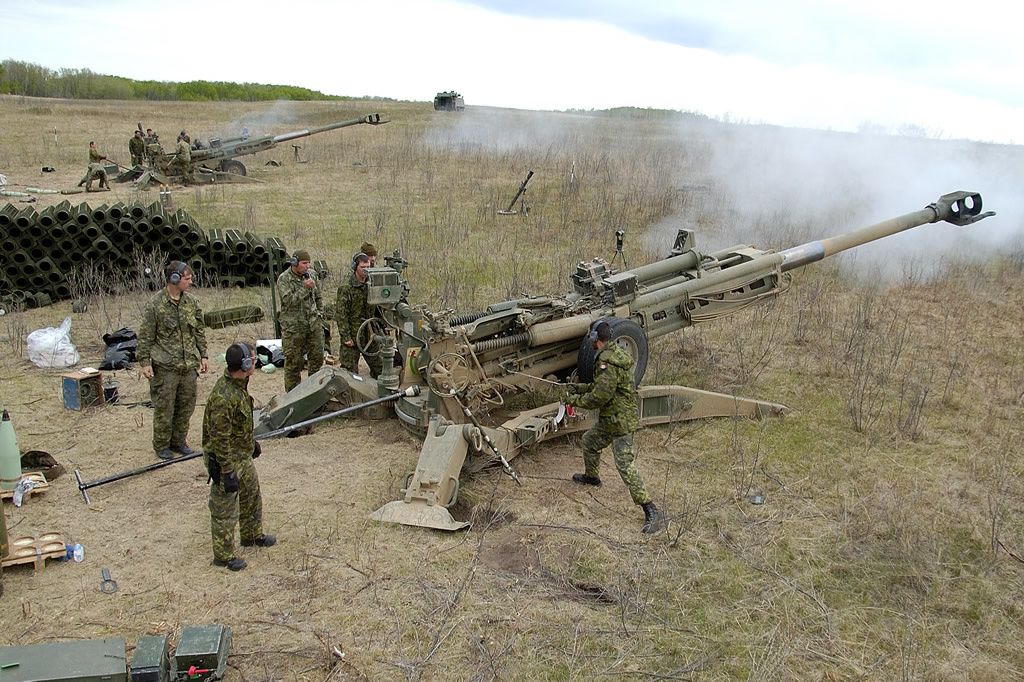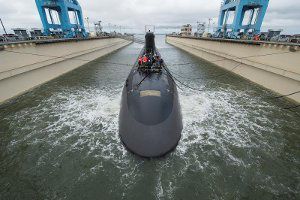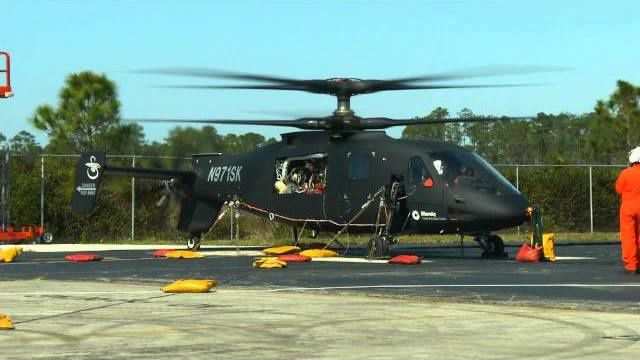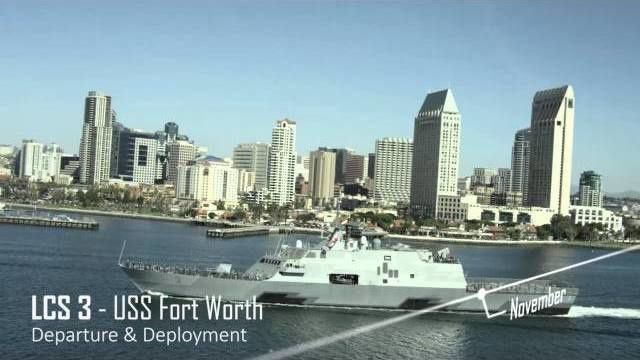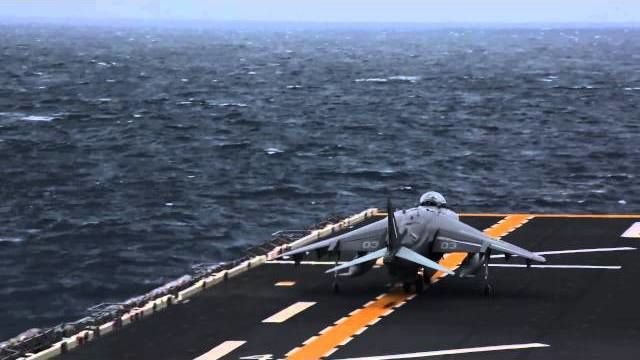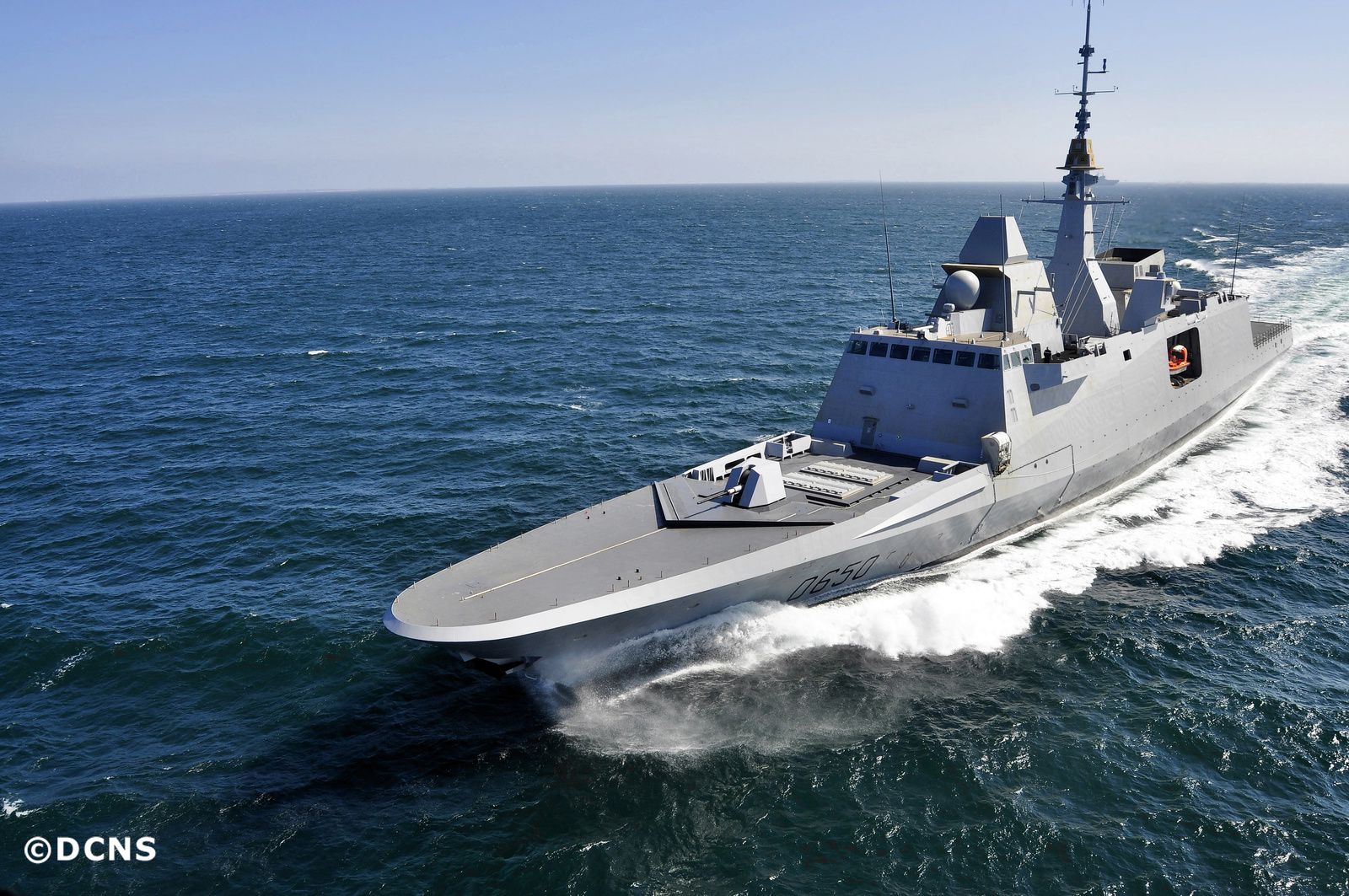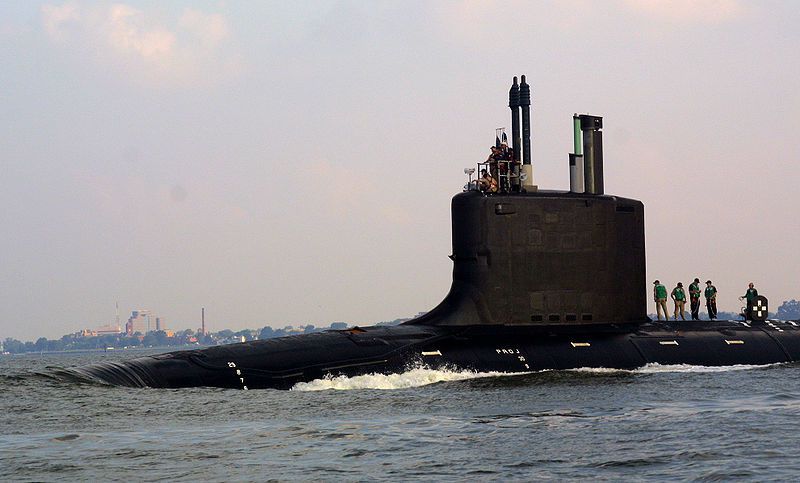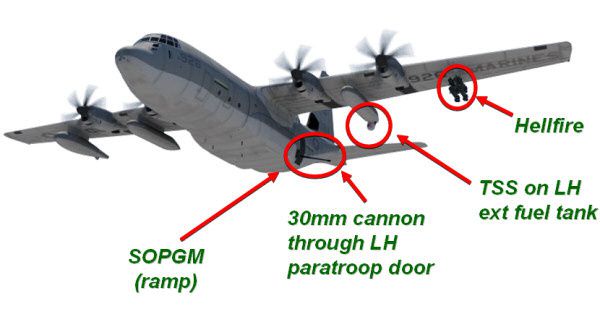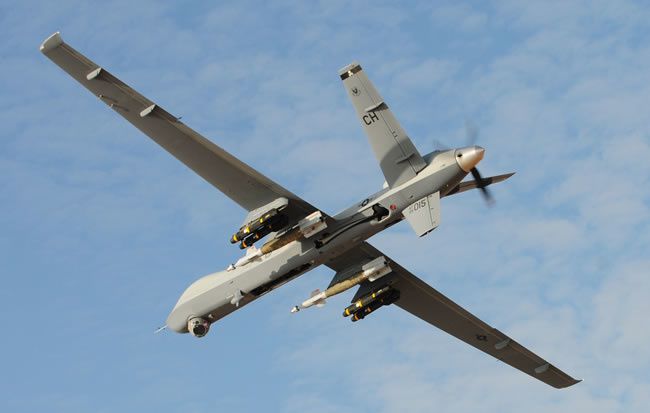9 février 2015 par Nicolas Laffont - 45eNord.ca
D’une manière ou d’une autre, l’armée a perdu trois obus à guidage de précision très sophistiqués, lorsqu’elle a quitté l’Afghanistan en 2011, à la fin de sa mission de combat, Opération ATHENA.
Embarrassant, le dossier a déclenché une enquête de la police militaire et du commandement outre-mer qui aura durée près de deux ans, mais la bévue sera restée sans explication.
Des documents obtenus par La Presse Canadienne révèlent que des responsables de la défense ont mené des recherches poussées, sans trouver l’explication de la disparition des obus, des pièces lourdes de 48 kilos.
Les projectiles, nommés Excalibur, coûtent 177.224 $ US la pièce et sont plus précis que les obus ordinaires, pouvant être lancés jusqu’à 40 kilomètres de distance et atteindre leur cible à 20 mètres près.
Dans une note d’information du 18 juillet 2014 pour le commandant des opérations interarmées du Canada – le lieutenant-général Stuart Beare à l’époque – la taille et le poids des obus, ainsi que les mesures de sécurité élevées entourant les munitions de l’armée rendent toutefois le vol «hautement improbable».
Selon les documents, des responsables de la défense ont exigé l’été dernier que les 513.000 $ perdus soient éliminés des livres du gouvernement. Cette requête a été approuvée.
La mystérieuse disparition de ces munitions pourrait avoir également des conséquences sur nos relations avec les États-Unis.
Alors que la situation aurait dû être rapportée au bureau d’accès et de transfert de la technologie contrôlée dans les 48 heures suivant la découverte de la disparition, l’armée n’en a pas soufflé mot durant 15 mois.
L’Excalibur est en effet une technologie des États-Unis, régi par l’International Traffic in Arms Regulation (ITAR), et la perte de ces obus aurait dû être signalé au Bureau de l’accès et du transfert de la technologie contrôlée.
Les réglementations strictes du bureau de contrôle requièrent que lui soit notifié dans les 48 heures n’importe quel morceau de technologie qui disparaît. Or, les Forces armées canadiennes ont retardé le rapport de… 15 mois, en disant que, étant donné «les protocoles en place pour tirer un Excalibur, il était quasi-sûr qu’il s’agit seulement d’une erreur de paperasserie».
La possibilité que les munitions auraient été «prêtées, mais pas correctement pris en compte» aux forces américaines opérant dans la même région en 2009 a été considéré.
Plongeant dans cinq années de journaux sur les tirs et déplacements de munitions de l’artillerie, les enquêteurs n’ont jamais été en mesure de trouver trace des trois obus manquants.
Récemment, le Receveur général du Canada indiquait que ce sont tout près de 4.000 armes et accessoires qui auront été volées aux Forces armées canadiennes entre le 1er avril 2013 et le 31 mars 2014. Au cours de l’année fiscale 2013-2014, le ministère de la Défense nationale a indiqué avoir pour un peu plus de 20 millions $ de vols, dommages et pertes de divers équipements.






